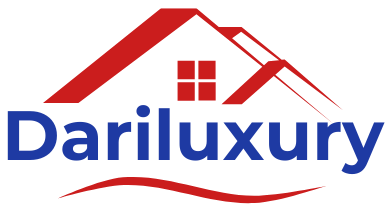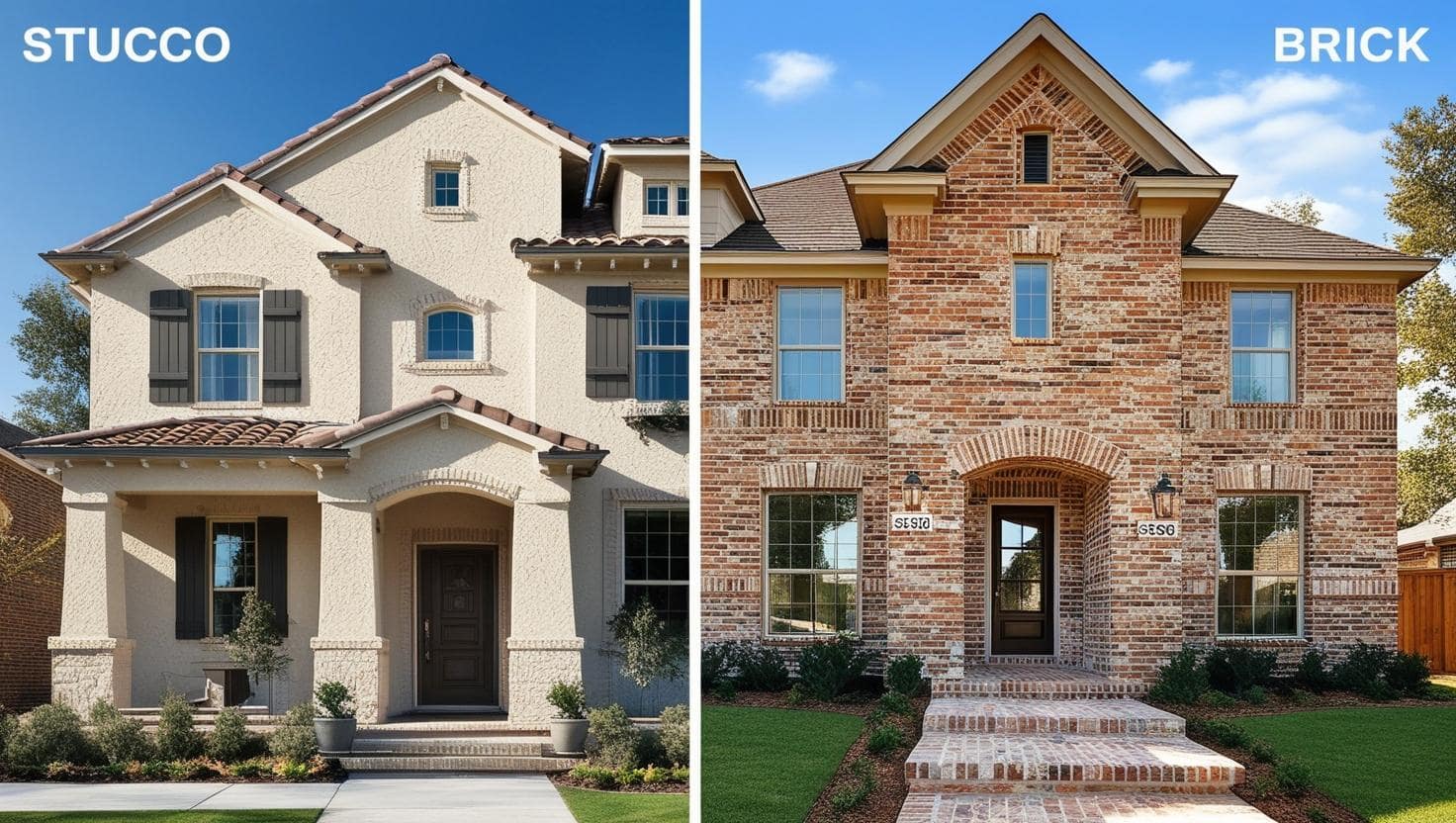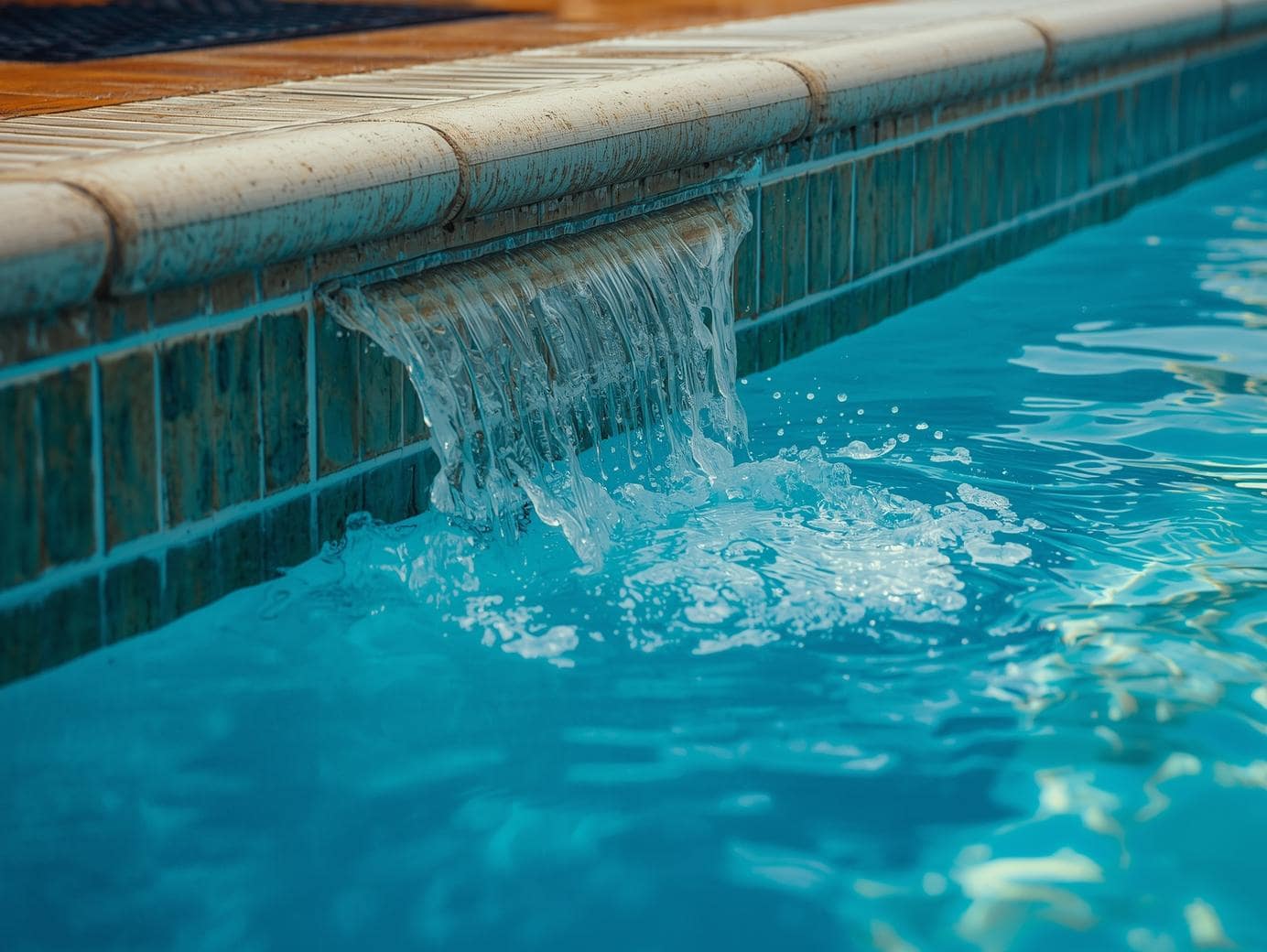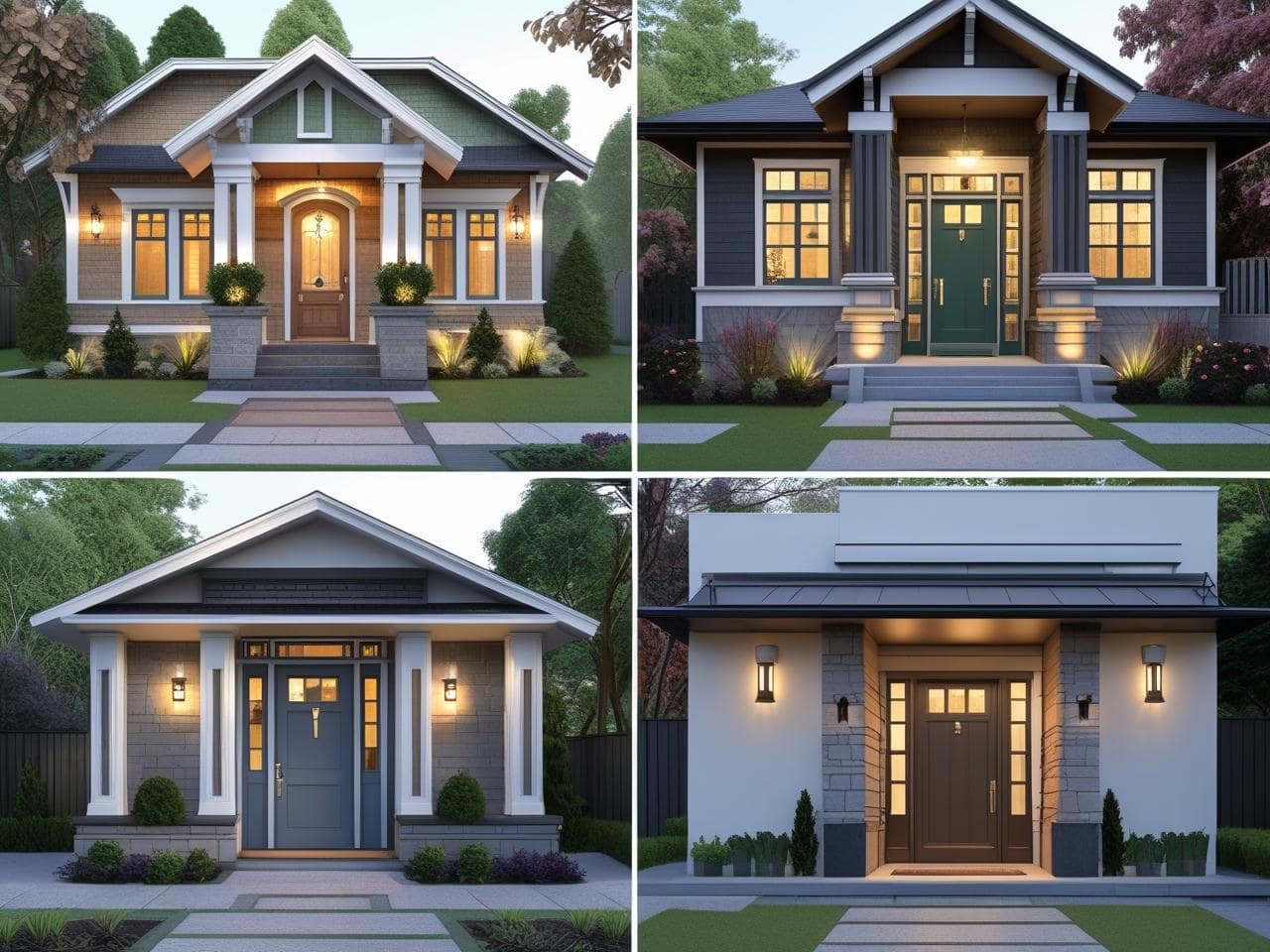Stucco vs Brick: When it comes to enhancing the curb appeal of your home, choosing the right exterior material is crucial. Not only does it define the aesthetic of your property, but it also affects the longevity, maintenance, and energy efficiency of your home. In this guide, we’ll explore four of the most popular exterior materials: brick, stone, stucco, and wood. Each of these materials has unique benefits and challenges, and by the end of this article, you’ll be equipped with the knowledge to make an informed decision for your next home renovation or construction project.
Why the Right Exterior Material Matters – Stucco vs Brick
Your home’s exterior is its first impression to the world. It needs to stand up to the elements while reflecting your personal style. The exterior material you choose will impact your home’s insulation, protection from weather conditions, and overall durability. Whether you’re building a new home or remodeling, making the right choice can save you money on maintenance and improve your home’s value.
Brick: Timeless, Durable, and Low Maintenance
Benefits of Brick Exteriors
Brick has been a popular choice for centuries, and for good reason. Known for its durability and classic look, brick adds a timeless appeal to any home. Here are some key benefits:
- Durability: Brick is resistant to fire, rot, and insects, making it one of the most durable exterior materials available.
- Low Maintenance: Once installed, brick requires minimal maintenance. It does not need to be repainted and resists fading.
- Energy Efficiency: Brick offers excellent insulation, keeping your home cool in the summer and warm in the winter. This can reduce your energy bills.
- Curb Appeal: With its rich, natural tones, brick enhances your home’s curb appeal and can increase its market value.
Potential Drawbacks of Brick
- Cost: Brick is generally more expensive than other materials, both in terms of material and labor costs.
- Weight: The heavy weight of brick can require additional structural support, increasing installation complexity.
Ideal Use for Brick
Brick is perfect for homes in areas with extreme weather conditions, as it provides superior protection. It’s also an excellent option for homeowners seeking a classic, easy-to-maintain look.
Stone: Natural Beauty with Long-Lasting Strength
Advantages of Stone Exteriors
Stone exteriors bring unmatched natural beauty and durability. Whether you choose granite, limestone, or slate, stone offers several benefits:
- Aesthetic Appeal: Stone provides a sophisticated and unique look to any home. Each stone is one-of-a-kind, contributing to a natural, earthy feel.
- Longevity: Like brick, stone is incredibly durable. It can withstand harsh weather and environmental factors for decades without losing its integrity.
- Low Maintenance: Stone does not require frequent upkeep, making it a hassle-free exterior option.
Drawbacks of Stone
- High Initial Cost: Stone can be significantly more expensive than brick, particularly if you’re using high-end materials like granite or marble.
- Installation Complexity: Stone requires skilled labor for proper installation, making it more expensive in terms of both materials and labor.
Ideal Use for Stone
Stone is well-suited for luxury homes or properties that want to stand out with unique, natural textures. It’s ideal for areas prone to extreme weather and can even help with soundproofing due to its dense material.
Stucco: Versatile and Stylish
Benefits of Stucco Exteriors
Stucco is a versatile material that offers a clean, smooth finish with many customization options. It’s often used for Mediterranean, Spanish, and Southwestern-style homes, but it works in almost any architectural design.
- Variety of Styles: Stucco can be customized with different finishes, textures, and colors, allowing homeowners to create a unique look.
- Energy Efficiency: Stucco provides excellent insulation, helping keep your home cool in the summer and warm in the winter.
- Cost-Effective: Compared to brick and stone, stucco is more affordable, making it a great choice for budget-conscious homeowners.
Potential Drawbacks of Stucco
- Cracking: Stucco is prone to cracking, particularly in areas with extreme temperature fluctuations or shifting foundations.
- Maintenance: While it doesn’t require frequent painting, stucco does need to be resealed every few years to maintain its appearance and durability.
Ideal Use for Stucco
Stucco is a great option for homeowners who want a customized, stylish exterior at a reasonable cost. It works well in warmer climates but needs regular maintenance to prevent cracking in colder areas.
Wood: Warmth and Natural Charm
Advantages of Wood Exteriors
Wood has a natural, warm charm that can make your home feel cozy and inviting. It’s a versatile material that works in a variety of architectural styles, from rustic cabins to modern homes.
- Aesthetic Appeal: Wood offers a natural look that can be stained, painted, or left unfinished for a more rustic vibe.
- Customizable: Wood is easily customizable, allowing you to create a variety of finishes and textures. You can use it for both traditional and contemporary designs.
- Eco-Friendly: Wood is a renewable resource, making it an environmentally friendly option if sourced responsibly.
Drawbacks of Wood
- Maintenance: Wood requires regular maintenance, including painting or staining to protect it from weather and insects.
- Susceptibility to Damage: Wood can be damaged by termites, water, and mold, requiring more frequent upkeep compared to other materials.
Ideal Use for Wood
Wood is a perfect choice for homeowners who love a natural look and are willing to invest in maintenance. It works well in temperate climates and is ideal for rustic or modern homes that prioritize sustainability and style.
Choosing the Right Exterior Material for Your Home
Each of these exterior materials—brick, stone, stucco, and wood—offers unique benefits depending on your home’s needs and your personal preferences. To choose the right material, consider the following factors:
- Climate: Consider the weather patterns in your region.For instance, brick and stone are excellent choices for areas with extreme weather.
- Budget: Assess how much you’re prepared to invest in materials and installation. While stone and brick are higher-end options, stucco and wood can be more cost-effective.
- Maintenance: Evaluate the time and money you’re ready to invest in upkeep. Stucco and wood may require more upkeep than brick and stone.
- Aesthetic: Consider which material aligns best with your home’s architectural style and the look you’re going for.
Conclusion: Make Your Exterior Stand Out
Choosing the right exterior material for your home is a crucial decision that will impact both its appearance and longevity. Whether you opt for the timeless beauty of brick, the natural elegance of stone, the versatility of stucco, or the warmth of wood, each option has its distinct advantages. Take the time to evaluate your home’s needs, budget, and style preferences to make an informed decision.
Are you ready to enhance your home’s exterior? Start exploring these materials, and let us know which one you’re most excited to work with in your next project!




9s5uv3
llizza
u89ooj
There’s a quiet elegance in the way you express your thoughts, each word chosen with such care and precision.
76wqni
5stqhx
Great write-up, I¦m regular visitor of one¦s site, maintain up the nice operate, and It is going to be a regular visitor for a long time.
I don’t think the title of your article matches the content lol. Just kidding, mainly because I had some doubts after reading the article. https://accounts.binance.info/fr-AF/register-person?ref=JHQQKNKN
casinos poland
References:
https://spiderman.kz/user/raseisyzjf
spa brochure
References:
https://escatter11.fullerton.edu/nfs/show_user.php?userid=9410354
western lotto 649
References:
https://www.multichain.com/qa/user/slimeheart25
casino zurich
References:
https://maps.google.com.ar/url?q=https://www.orkhonschool.edu.mn/profile/maddoxvykmatzen82350/profile
turning stone casino
References:
https://nerdgaming.science/wiki/The_Star_Sydney_Harvest_Buffet_Review
william hill app android
References:
http://forum.maoshan73.com.hk/home.php?mod=space&uid=1185376
hollywood casino toledo
References:
https://journeytolove.date/@deliay39080833
cherry casino
References:
https://www.jokkey.com/effielovejoy6
premier casino
References:
http://47.119.144.92:22082/kathaleenmelto
mahjong connect timeless
References:
https://avicounsel.com/best-online-casino-bonus-in-australia-au-promotions-2025/
hoyle casino
References:
http://www.bizmandu.com/redirect?url=https://diego-maradona-ar.org/user/buthirynta
winning at blackjack
References:
https://prokotov.info/user/eferdoxcfj
slot game
References:
http://www.nyumon.net/script/sc/redirect.php?id=393&url=https://baby-newlife.ru/user/profile/354352
Diese betreffen unter anderem das Spielangebot der deutschen Casinos. Du kannst dich in den meisten deutschen Casinos aber auf eine vielfältige Auswahl freuen. Fair ist ein Bonus nur, wenn du reelle Chancen darauf hast, diesen für die Auszahlung freizuspielen. Mehr als 600 Spielautomaten kannst du im PlayOJO Casino um echtes Geld spielen.
Die Plattform ist in Deutschland lizenziert und hält sich an die strengen Vorschriften des Glücksspielstaatsvertrags (GGL), was ein zusätzliches Vertrauensmerkmal darstellt. Hinsichtlich der Zahlungsmethoden bietet bet365 Slots die beliebten Optionen wie PayPal, Skrill und Neteller an, mit Einzahlungslimits, die nach Verifizierung bis zu 1.000 € monatlich erreichen können. Lassen Sie sich diese beste Online Spielbank 2025 mit guter Auszahlungsrate nicht entgehen und profitieren auch Sie vom Betano Bonus als Neukunde! Die https://online-spielhallen.de/betano-slots-erfahrungen-2025-test-bewertung/-Spiele, darunter natürlich auch Neuheiten sowie die besten Slot-Klassiker aus der Online-Spiele-Welt, wie Starburst und Book of Dead, machen diese Spiele Plattform wirklich einzigartig. Insgesamt finden Sie mehr als 2.000 Online Casino Spiele bei Wunderino Casino. Wunderino bietet einen mehrsprachigen Kundensupport per Live Chat an, der rund um die Uhr erreichbar ist.
Wir bieten nicht nur Willkommensboni und Freispiele, sondern auch Cashback und exklusive Angebote für unsere Spieler in der mobilen App. Die Plattform empfiehlt, nur mit Geld zu spielen, das entbehrlich ist – und warnt vor den Risiken von Glücksspielsucht. Die Umsatzbedingung gilt nur für den Bonus (nicht Einzahlung + Bonus), was spielerfreundlich ist. Das Willkommenspaket erstreckt sich über drei Einzahlungen und bietet insgesamt bis zu €2.000 Bonusgeld und 150 Freispiele. Das nv casino versteht seine gesellschaftliche Verantwortung und engagiert sich aktiv in verschiedenen Bereichen der Gemeinschaft und des Spielerschutzes. Das nv casino nutzt modernste Technologien, um ein nahtloses und sicheres Spielerlebnis zu bieten.
Wir wissen, dass Casinospieler alle ihre Lieblings-Slots an einem Ort finden möchten, ohne zwischen Plattformen wechseln zu müssen. Das umfangreiche Angebot an Casinospielen und Wettmärkten garantiert, dass Sie bei uns alles finden, was Sie für Ihr Glücksspiel benötigen. Glücksspielbegeisterte, sowohl Casinospieler als auch Wettende, sind im NV Casino herzlich willkommen. Die Registrierung in unserem Casino ist ein schneller und einfacher Prozess, der neuen Spielern sofortigen Zugang zu einer großen Auswahl an Spielen und attraktiven Boni bietet. Die Möglichkeit, Casino-Spiele unterwegs zu spielen, ist für viele Spieler ein entscheidender Faktor bei der Wahl einer Online-Plattform. Neben den klassischen Tischspielen und Live-Casino-Spielen haben wir auch eine breite Palette von Sofortspielen zusammengestellt. Ein besonders beliebtes Angebot ist der No Deposit Bonus unseres Casinos, mit dem neue Spieler ein Startguthaben oder Freispiele erhalten, ohne eine Einzahlung tätigen zu müssen.
References:
https://online-spielhallen.de/wurfelspiele-im-casino-regeln-top-spiele-tipps/
Wir interessieren uns allerdings viel mehr für den Willkommensbonus dieses Casinos, denn dieser gibt Auskunft darüber, ob man hier als neuer Kunde wertgeschätzt wird. Wenn du dir 200 Freispiele im N1 Casino als Neukunde sichern möchtest, solltest du einen Blick in unsere N1 Casino Erfahrungen werfen. Im N1 Online Casino findest du eine Vielzahl an unterhaltsamen Spielautomaten und weitere abwechslungsreiche Echtgeldspiele sowie ein Live Casino. Wie lange eine Auszahlung dauert und welche Zahlungsmethoden für eine Auszahlung angeboten werden, haben wir für dich in unseren N1 Casino Erfahrungen aufgelistet. Ausgestattet mit einer gültigen Glücksspiellizenz der Malta Gaming Authority (MGA) ist das N1 Casino imOnline Casino Vergleichals seriös und vertrauenswürdig einzustufen.
Die N1 Casino 50 Free Spins sind Teil des dritten Einzahlungsbonus im Willkommenspaket. N1 Casino bietet eine Vielzahl von sicheren Zahlungsmethoden, darunter Kreditkarten (Visa, Mastercard), E-Wallets (Skrill, Neteller), Banküberweisungen, und Prepaid-Optionen wie Paysafecard. Momentan gibt es keinen N1 Casino No Deposit Bonus, aber es gibt einen Handy-Verifizierungsbonus, nachdem Sie eine Einzahlung getätigt haben. Aktuell benötigt man keinen N1 Casino Bonus Code, um die Willkommensboni zu aktivieren. Ja, N1 Casino ist legal in Deutschland, da es von der Malta Gaming Authority lizenziert ist, was den strengen EU-Vorschriften entspricht.
References:
https://online-spielhallen.de/top-9-online-casinos-in-deutschland-2025-test-vergleich/
poker no deposit bonus
References:
http://x.kongminghu.com/home.php?mod=space&uid=68323
Can you be more specific about the content of your article? After reading it, I still have some doubts. Hope you can help me.